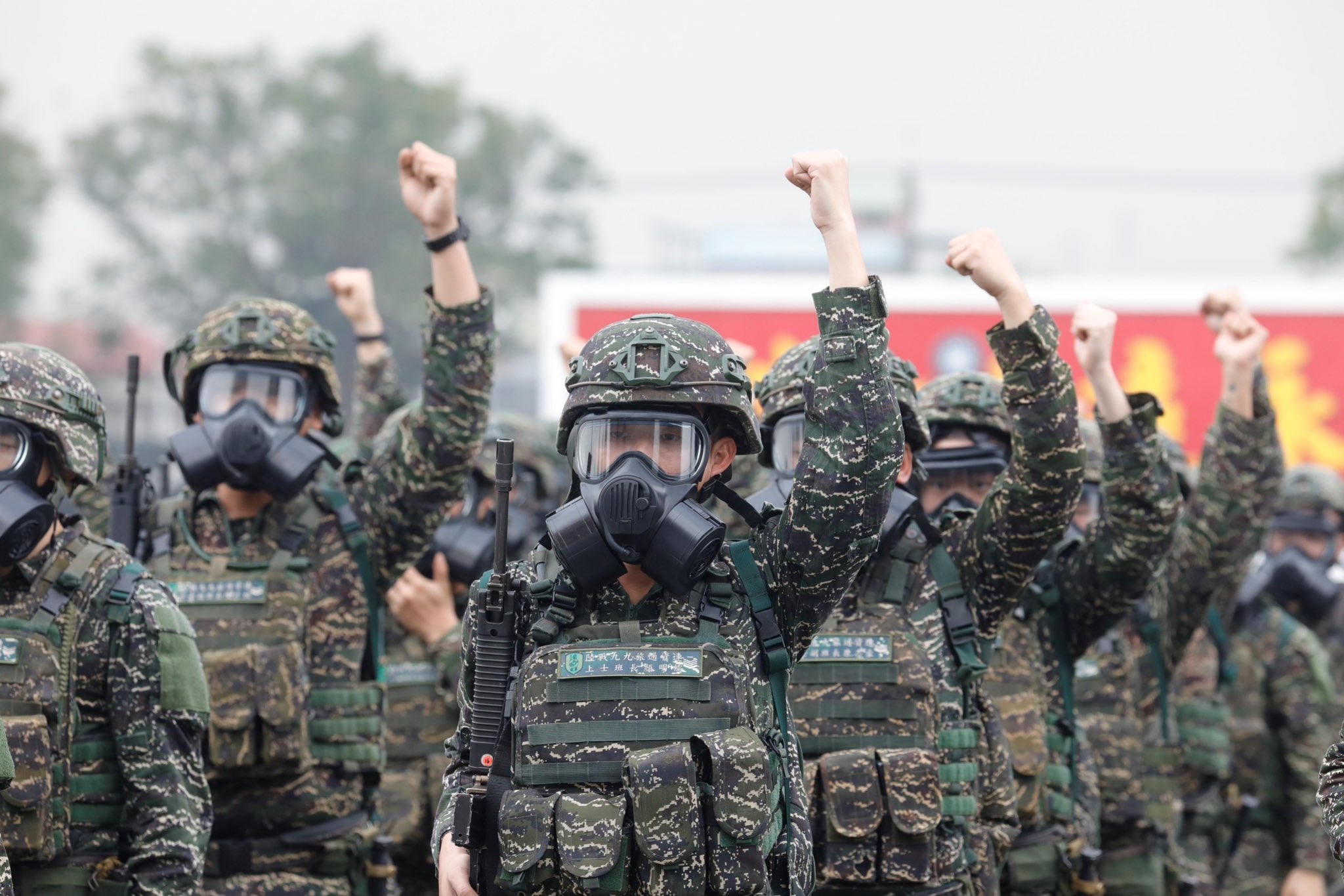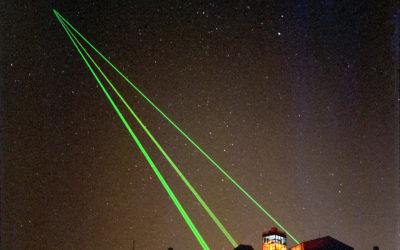“God mode”, for those who aren’t gamers, is a mode of operation (or cheat) built into some types of games based around shooting things. In God mode you are invulnerable to damage and you never run out of ammunition.
Australia’s First Nuclear Submarine Could Be a Reality in Less Than 30 Years, Former PACOM Commander Testifies
Australia’s First Nuclear Submarine Could Be a Reality in Less Than 30 Years, Former PACOM Commander Testifies
Australia’s First Nuclear Submarine Could Be a Reality in Less Than 30 Years, Former PACOM Commander Testifies
Developing a nuclear-powered submarine with Australia could happen in less than 30 years if “we put our shoulders to the task” and commit to a tight timetable, retired Adm. Harry Harris told lawmakers Tuesday.
Harris, a former commander of the U.S. Indo-Pacific Command, called Australia the United States’ key ally in the Indo-Pacific, citing the so-called AUKUS agreement. Washington’s and London’s willingness to share the “crown jewel” of nuclear propulsion and other high-technology advances with Canberra demonstrate a determination to counter Chinese ambitions, Harris said during a House Armed Services Committee hearing on China.
Harris’ timeline matches up with recent comments by Chief of Naval Operations Adm. Michael Gilday, who told a Korean-American security group recently that he didn’t expect to see the first Australian-built nuclear submarine until sometime “well into the 2040s.”
Canberra is expected to make an announcement in the coming weeks over which design it will choose to follow in developing, building and fielding the submarine as part of the agreement between Australia, the United Kingdom and the United States, known as AUKUS, signed in September 2021.
Harris said AUKUS would “only be significant if we follow through” over whatever time it takes to field the submarine.
The former PACOM chief told lawmakers that he would characterize today’s China as an “adversary” rather than as a “competitor.” The reasons, he added, were its “coordinated, methodical” moves, from threatening Taiwan with invasion, to bullying the Philippines and sending a surveillance balloon over the United States.
China’s policies and goals regionally and globally are worrisome, Harris said.
Zeroing in on the defense of Taiwan, Melanie Sisson, a fellow at the Brookings Institution, said U.S. steps to disperse troops, giving its forces in the Indo-Pacific greater mobility and moving decision-making down to local levels, adds to the island’s defenses.
She added that these changes show that Beijing expects greater battle damage in an invasion of Taiwan, since scattered forces could counterattack. They also put severe stress on the Chinese economy by shutting down shipping lanes for needed imports of food and energy.
Both Sisson and Harris agreed that strong alliances the U.S. has with Japan, South Korea and Australia and a new basing agreement with the Philippines signal to China the consequences of aggression.
Australia recognizes the “precarious position” the country is in when it comes to “China’s tone-deaf behavior,” Harris said, referring to all American allies in the Indo-Pacific.
Harris added the Pacific Defense Initiative has been a great help to allies in improving their capabilities and is playing a key role in bolstering missile defenses on Guam, the American territory that has a major air base and naval support facilities.
Both Harris and Sisson noted that Marine Corps Commandant David Berger’s vision for dispersing forces with increased lethality is a move in the right direction of further complicating China’s military planning.
To help the Taiwanese defend the island, Harris recommended a strong American commitment to train its reserve forces. Taiwan has mandated all men serve for a year as part a change to its mandatory conscription terms. Both recommended anti-air and anti-ship missiles and mines.

Taiwanese Marines on Jan. 11, 2023. Taiwan Ministry of National Defense Photo
Sisson said the weapons “need to be relevant” to the pressures of a blockade and to build up resilience and resistance if invaded.
Harris added that on the economic side, the U.S. should sign a free trade pact with Taiwan that would open up its economy to greater expansion. A side benefit of that would be the encouragement it gives to other nations to trade with the democratic, self-governing island.
Washington’s “strategic ambiguity” policy has maintained peace between Beijing and Taipei for 40 years, Sisson said. Harris called for clarity in the relationship so there would be no misunderstanding that the United States would defend Taiwan if it were attacked.
As for where the United States should be investing more militarily, Harris said, “the first we have to get right is nuclear capability” and modernization. “We have the military we have” now in terms of armor, aircraft and ships; and it takes up to 30 years to build new weapons platforms. The existing arsenal “must be ready to fight tonight.”
Sisson wanted to see greater resources put into artificial intelligence to aid mobility and lethality, rather than in new platforms.
Both lamented the cancellation of Secretary of State Antony Blinken’s trip to Beijing after a Chinese surveillance balloon entered U.S. airspace. Having high-level contacts help avoid miscalculation on either side in situations like that, Sisson said.
This article was republished from the U.S. Naval Institute under a Creative Commons license. Read the original article.

John Grady, a former managing editor of Navy Times, retired as director of communications for the Association of the United States Army. His reporting on national defense and national security has appeared on Breaking Defense, GovExec.com, NextGov.com, DefenseOne.com, Government Executive and USNI News.
Related Articles
Understanding the building blocks for Australia’s quantum future
Australia is undergoing an exciting period of strategic technology policy review and development. The release of its first National Quantum Strategy this week committed the government to building the world’s first error-corrected quantum computer. This is a strategically important technology that has the potential to improve productivity and supply chain efficiency in diverse industries, lower costs across the economy, help reduce carbon emissions and improve public transportation.
Japan needs stronger deterrence than its new defense strategy signals
Since World War II, Japan had long chosen not to possess long-range strike capabilities that could be used against enemy bases. But the Japanese government changed course in December 2022 when it adopted the new national defense strategy (NDS), which included a commitment to acquiring a so-called counterstrike capability. But in order for this new strategy to contribute to deterrence and alter the nation’s defensive role as the ‘shield’ in its alliance with the United States, Tokyo needs to go further than what the NDS outlines.



